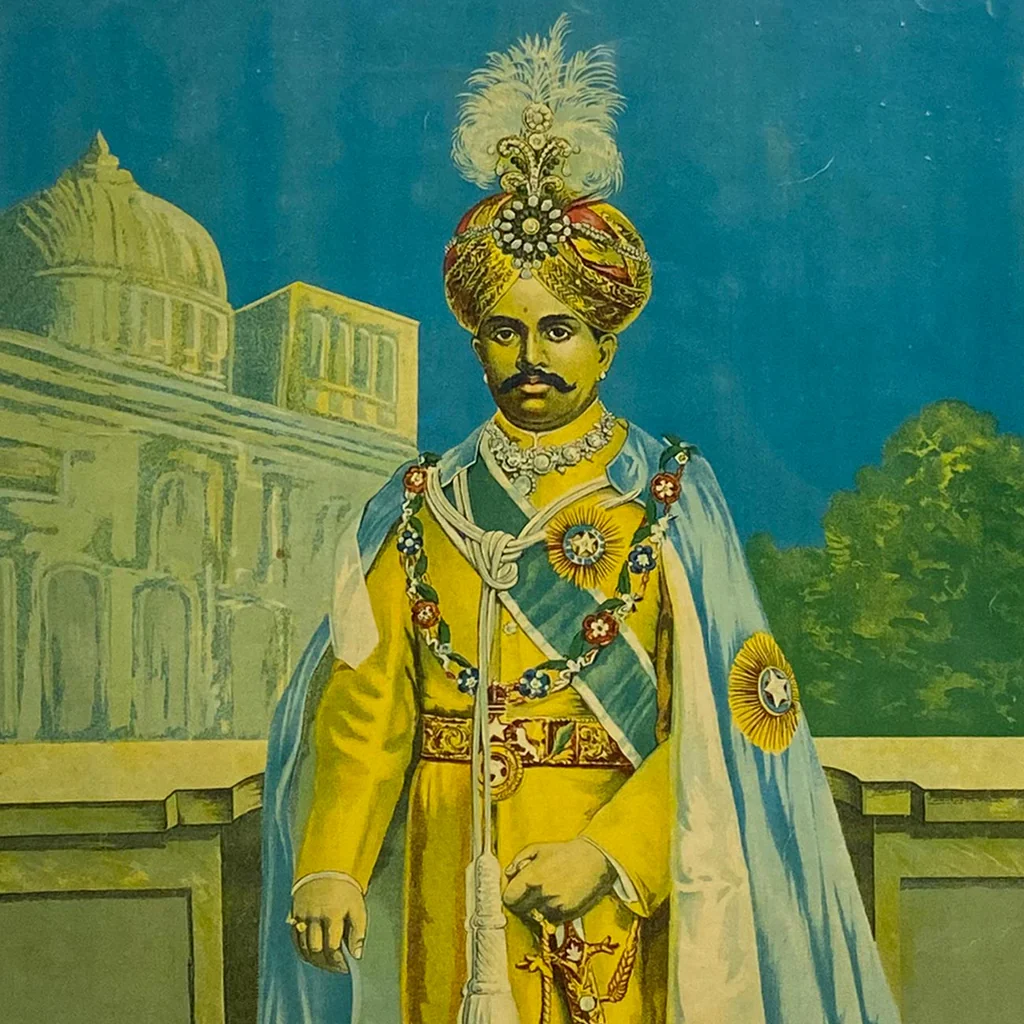While the princely era of India is often remembered for its opulence, with rulers like Mir Osman Ali Khan making global headlines for their enormous fortunes, another king quietly shaped history through progressive leadership. Maharaja Krishnaraja Wadiyar IV, ruler of Mysore, may not be as widely known, but his legacy in education, social reform, infrastructure, and culture remains deeply rooted in Indian history. His wealth, estimated at ₹57,901 crore in today’s value, was largely directed toward the betterment of society.
Early Life and Education
Born on June 4, 1884, in Mysore Palace, Krishnaraja Wadiyar IV ascended the throne at the young age of 11 after the death of his father, Chamarajendra Wadiyar X. His mother, Maharani Vani Vilas Sannidhana, served as regent until he took over at 18. He received a well-rounded education in English, Kannada, Sanskrit, and fine arts. Lord Curzon, the then Governor-General of India, recognized his potential as a capable and enlightened ruler.

Social Reforms and Progressive Policies
Once in power, Wadiyar IV focused his efforts on inclusive governance. He outlawed untouchability and child marriage for girls under eight, funded scholarships for widowed women, and allocated ₹60 lakh annually from his personal funds for the care of disabled children. In 1915, he founded the Mysore Social Progress Association and initiated reforms that included 25% reservation in government jobs for non-Brahmins — a progressive move well ahead of its time.
Modernising Mysore with Technology and Education
Wadiyar IV was a pioneer in bringing electricity and modern infrastructure to Mysore. Under his reign, Mysore became the first state in Asia to generate hydroelectric power, and in 1905, Bangalore became the first fully electrified city in Asia. His emphasis on education was transformative. Primary education became compulsory in 1915, and by 1927, over 5 lakh students were enrolled in 8,000 schools across the state. He also founded institutions like Mysore Sanskrit College and supported research initiatives by gifting land to scientists such as Sir CV Raman and Jamsetji Tata.
A Patron of Arts and Culture
Known for his artistic inclinations, Krishnaraja Wadiyar IV was an accomplished musician who played multiple instruments including the violin and veena. He supported renowned artists such as Gauhar Jan and Abdul Karim Khan, and was instrumental in promoting yoga through his patronage of T. Krishnamacharya. Mahatma Gandhi called him “Rajarshi,” a blend of “king” and “sage,” reflecting his moral and cultural stature.
Using Wealth for Public Good
Although his wealth was immense, Wadiyar IV is remembered more for how he used it. One notable example is the Krishna Raja Sagar Dam. When government funds were insufficient for its completion, the Maharaja reportedly sold his own jewels to keep the project on track. His commitment to using wealth for the public good marked him as a ruler of rare foresight and empathy.
A Legacy of Enlightened Leadership
Maharaja Krishnaraja Wadiyar IV passed away in 1940, leaving behind a rich legacy of progress, compassion, and cultural renaissance. In contrast to the image of royalty built solely on grandeur, he is remembered as a visionary who ruled with a purpose — one that transformed Mysore into one of
